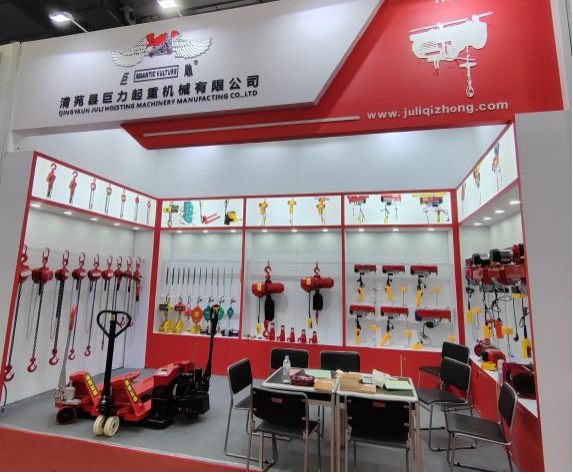


Safe Use of Chain Blocks Best Practices and Guidelines
Chain blocks, also known as chain hoists, are essential tools in various industries, including construction, manufacturing, and logistics. Their ability to lift heavy loads quickly and efficiently makes them indispensable. However, like most heavy machinery, improper use of chain blocks can lead to accidents, injuries, and fatalities. Therefore, understanding the safe use of chain blocks is crucial for workers and employers alike.
Understanding Chain Blocks
Before delving into safety measures, it is important to understand how chain blocks work. A chain block consists of a chain, a pulley system, and a hook for attachment. The mechanism is designed to lift heavy loads by using manual effort. While they are effective and versatile, their safety greatly depends on proper usage and maintenance.
Training and Awareness
The first step toward safe usage is training. Employers should ensure that all personnel operating chain blocks are adequately trained and familiar with the equipment. This training should cover not only how to operate the tool but also how to perform safety checks and identify potential hazards. Proper training reduces the risk of accidents caused by operator error.
Regular Inspections
Regular inspections of chain blocks are vital for ensuring their safety. Operators should conduct visual checks before each use to look for any obvious signs of wear or damage, such as frayed chains, cracked pulleys, or bent hooks. Additionally, chain blocks should be subjected to periodic professional inspections according to manufacturers' recommendations and industry standards. Any defective equipment should be taken out of service immediately and repaired or replaced.
Load Limits
Every chain block comes with a specific load capacity that should never be exceeded. Overloading a chain block can lead to catastrophic failures, risking the safety of operators and bystanders. Users should always check the load rating and ensure that the combined weight of the load, slings, and any additional equipment does not exceed the chain block’s capacity. It is also advisable to factor in a safety margin in complex lifting scenarios.

Proper Slings and Rigging
When using a chain block, the type of sling or rigging gear employed is equally important. Suitable slings should be used based on the load's characteristics, such as weight and shape. Ensure that all rigging gear is compatible with the chain block and is rated for the expected load. Always inspect slings for damage before use, and replace any worn or defective slings immediately.
Stable Setup
Safety begins with a stable and secure setup. The area where the chain block will be used should be free of debris and obstacles. Ensure that the surface is level and able to bear the load without shifting. It’s essential to anchor the chain block securely, either by using a fixed overhead beam or a suitable support structure. If the load is suspended, create a clear area below to ensure that no one is standing in the load’s path.
Communication
Effective communication among team members is crucial during lifting operations. Use hand signals or radios to convey instructions, especially if the operation involves multiple personnel. Establish a clear plan before starting any lifting activity, ensuring that all operators understand their roles and responsibilities.
Emergency Preparedness
Preparedness for emergencies cannot be overlooked. Operators should know what to do in case of an accident, load drop, or equipment failure. Fire extinguishers and first aid kits should be readily available on-site, and personnel should be trained in their use.
Conclusion
The safe use of chain blocks is paramount to ensuring a secure working environment. By adhering to thorough training protocols, regular inspections, and proper lifting procedures, workers can minimize risks associated with using chain blocks. Employers must foster a culture of safety that empowers employees to prioritize safe practices. Ultimately, taking these precautions can lead to increased productivity and a significant reduction in workplace accidents, creating a safer and more efficient working environment.



